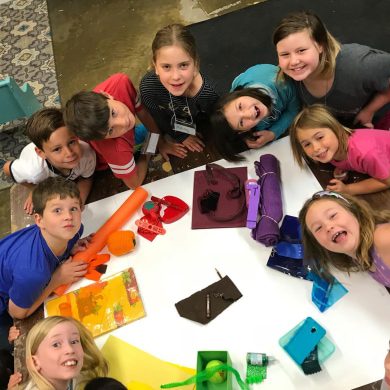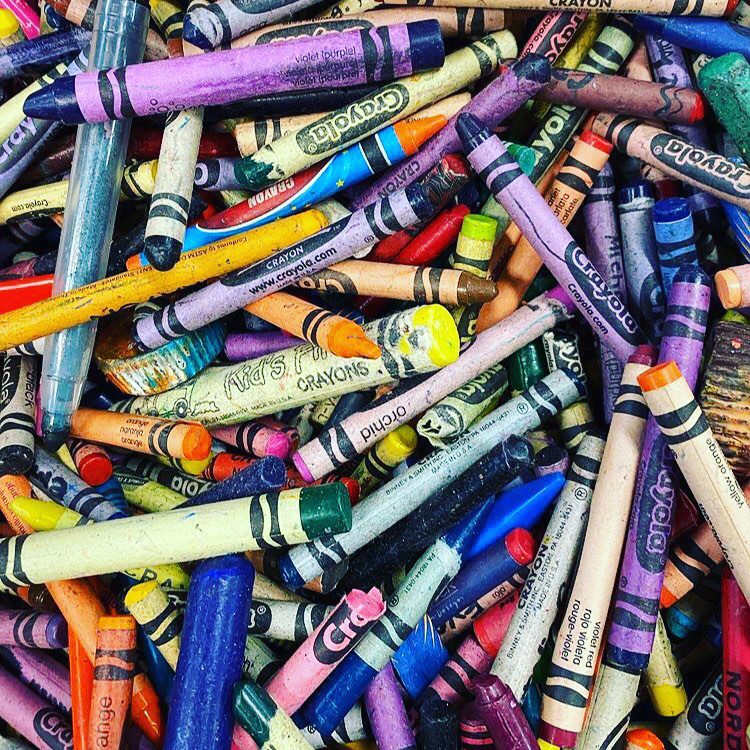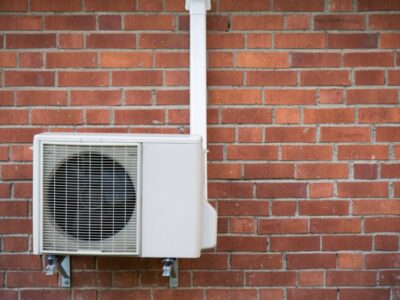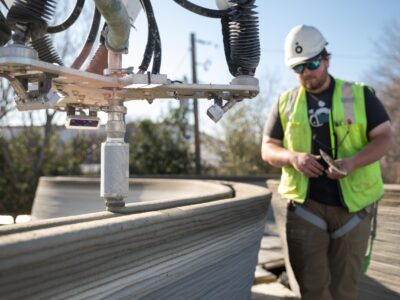SCRAP Creative Reuse is rethinking the relationship between art and sustainability. The Portland, OR-based nonprofit is heading into its 25th year of fostering a more eco-friendly approach to art projects and creative endeavors. With the slogan “because creative expression shouldn’t break the bank or the environment,” SCRAP educates the public on recycling, working to divert thousands of pounds of reusable creative materials from landfills. SCRAP’s mission is to help people see the potential in what appears used and turn it into art.
SCRAP began in 1998 when a group of teachers wanted a way to donate leftover art supplies. That became a small community center in Oregon, which has now grown to three other locations: Ann Arbor, MI, Baltimore, MD, and Richmond, VA.
Each center collects, distributes, and re-sells art materials. They also provide educational programs and guides to the community on combining art and environmental education, fostering healthy creative spaces, entrepreneurship, and the best ways to adopt more sustainable practices in art.
The overall goal is the creative reuse of art, which means taking an already-manufactured item such as yarn, metal, stamps, or wood and creatively giving it a new purpose. Each center takes applications for material donations via its SCRAP Gives Back program.
Each SCRAP center serves a multitude of purposes. Programs for kids help children learn how to reuse their art supplies, whereas seminars for teachers give them new ideas on how to best use affordable and environmentally-healthy materials. Supplies are critical when many art materials are not eco-friendly, such as polluting, hard-to-recycle, or dispose of paints, dyes, rubber, and linoleum.
Unlike traditional donation centers such as Goodwill, SCRAP’s creative donation and reuse centers are a more productive use of reusable items. The organization supports a healthier planet and grassroots economic development for its home cities, teaching future generations to wisely use creative materials, collecting and redistributing such items, and creating sustainability-focused jobs.

“We’ve learned a lot over the 20-plus years developing creative reuse in various communities of all different sizes. Through it all, we’ve tried to remain adaptable and creative in our problem-solving,” said a SCRAP education director. “We value being a part of the larger and growing creative reuse community and networks, providing affordable services and materials as best we can, and contributing to positive environmental impacts.”





